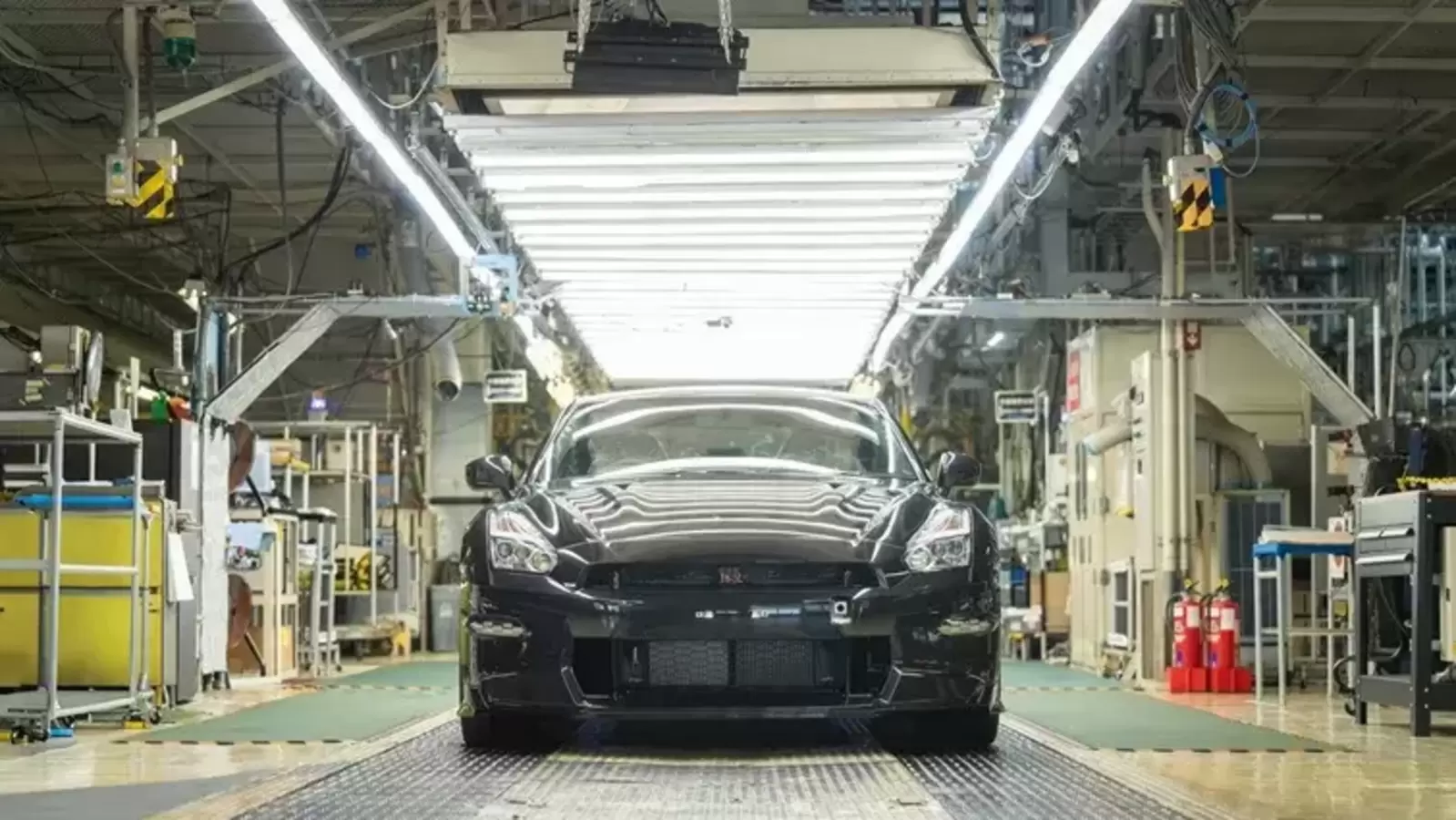27 August 2025

As China’s electric vehicle (EV) market continued to grow in the first half of 2025, domestic brands took firm control. But which carmakers are leading the way, and which are picking up speed? Autovista24 special content editor Phil Curry examines the latest data from EV Volumes.
China’s EV market, combining both battery-electric vehicles (BEVs) and plug-in hybrids (PHEVs), improved by 40.5% in the first half of 2025, as domestic carmakers took control of the country’s growing electric sector.
With even more drivers choosing an EV, 5,959,048 plug-ins were delivered between January and June, according to EV Volumes.
BEVs led the EV market, making up 58.7% of the total volume. This was an increase of 1.3 percentage points (pp) compared to the same period last year. Meanwhile, PHEVs were responsible for the remaining 41.3% of deliveries.
EV growth in the second quarter of the year was slower than that seen in the first three months of 2025, despite a higher volume. In total, 3,330,228 units were delivered, improving 37.2% compared to volumes seen between April and June 2024.
BEVs made up 58.2% of the second quarter EV total, increasing 0.6pp. PHEVs accounted for the remaining 41.8% of sales.
Domestic domination
With the first half of the year completed, domestic brands dominated China’s EV market. There was little change in the top four from the first quarter of the year. However, the figures show just how strong Chinese carmakers’ local hold is.
BYD continued to lead China’s EV sector. The brand has made the PHEV market its own, with at least six models appearing in every monthly top 10 so far this year. BYD appears to have suffered no damage from this internal competition, while its BEV deliveries also increased.
The marque led the Chinese EV market at the halfway point of 2024. However, with 1,550,700 EVs taking to the roads between January and June this year, its volumes have risen by 19.9%. With a lead of over a million units, the carmaker is dominating China’s EV market.
BEV-powered performance
In the first half of 2024, Tesla secured second place in China’s EV market. A year later, that position was claimed by Geely. Combined with Galaxy, it saw 523,804 plug-in sales in the first six months of the year, up by 283.4% year on year. This includes a 291.7% improvement in the second quarter of the year.
Geely’s rise is thanks to its performance in the BEV market. Its Geely Geome Xingyuan model led the way after six months of the year. This alone made up 39.2% of Geely’s overall volume, outpacing the brand’s total from 2024.
In addition, despite slipping down the PHEV chart, the Galaxy Starship 7 model helped to boost deliveries.
For the first time since 2019, Chinese brands held the top three positions in the country in the first half. Wuling, combined with its Baojung brand, held on to third from the first quarter, with 358,407 units.
It saw sales increase by 68.2% year on year, giving the carmaker a 6% share of the EV total, up 1pp. Wuling enjoyed a stronger second quarter, with sales up 84.3%.
Tesla struggles
As Chinese brands gained ground, Tesla lost out. Having regularly been in the top three in recent years, it slipped to fourth in the first half of 2025.
It recorded 263,935 deliveries in the period, a 6.5% decline. This was not helped by a 13.7% fall in volumes during the second quarter. Even topping the BEV market with the Model Y in June did not help. Overall, the brand held 4.4% of the market, down by 2.3pp.
Behind the US marque, the rest of the EV brand top 10 was made up of domestic carmakers.
Chery jumped from seventh at the end of the first quarter to fifth after six months. With 211,567 sales, it increased volumes by 152.2% compared to the same period in 2024. The brand is continuing to expand globally, but this does not appear to have impacted its performance at home.
Another Chinese carmaker expanding into new markets is Leapmotor. However, it managed to perform well domestically.
The brand jumped from eighth to sixth at the end of the first half of the year. Its 138.8% sales improvement, to 207,031 units, was helped by a strong volume rise in the second quarter. Leapmotor’s market share increased by 1.5pp, to 3.5% in the first six months of 2025.
Strong performances unrewarded
Both Li Auto and Xpeng dropped positions compared to the first quarter of the year. Down two positions to seventh, Li Auto ended the half with 203,950 deliveries, a 7.7% improvement. This gave it a 3.4% share of the market. However, with increasing competition, this was down by 1.1pp year on year.
Xpeng has had a strong first half of the year. Deliveries soared by 262%, with 182,053 units taking to Chinese roads. This gave it a 3.1% hold of the EV total, up from 1.2%. However, despite a strong second quarter, with a volume increase of 214%, other brands delivered higher totals.
Aito entered the top 10 brands in ninth, with 158,187 deliveries. This was down 12.8% compared to the first half of last year, while its market share slumped by 1.6pp.
This meant Xiaomi dropped to 10th, with 157,926 deliveries during the first half of 2025. This was an improvement of 426.4%, the biggest year-on-year growth in the top 10. Meanwhile, its market share was up 2pp to 2.7%. Yet, with increasing competition in the market, volumes for other brands improved more in the six-month period.



